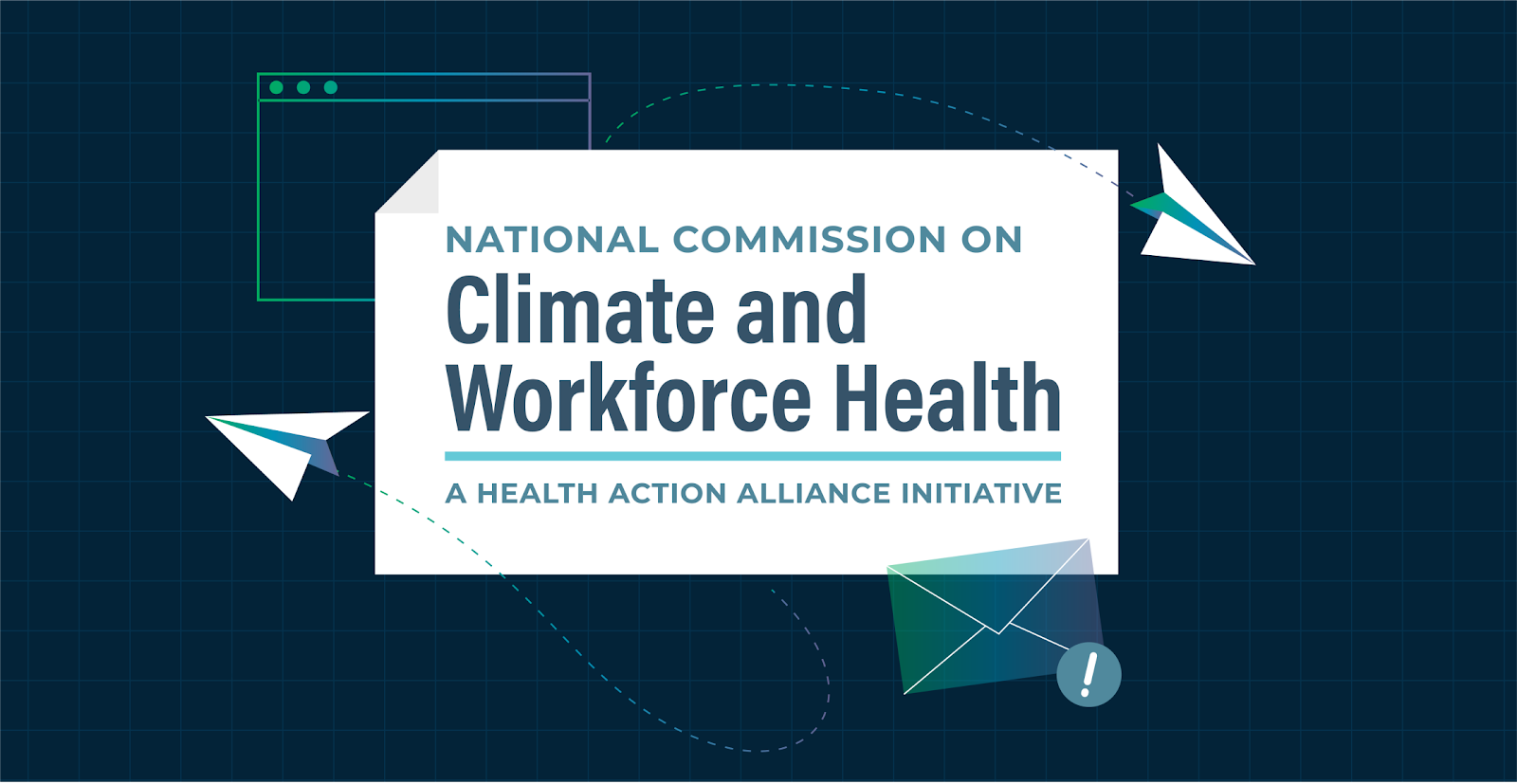When most employers think about heat-related workplace risks, they picture heat exhaustion or heat stroke among outdoor workers. But new research published in Environmental Health reveals a far more pervasive problem: Extreme heat substantially increases the risk of all types of workplace injuries — from slips and falls to equipment accidents to musculoskeletal injuries — and this effect occurs across nearly every industry sector, including predominantly indoor workplaces.
The study, "A Nationwide Analysis of Heat and Workplace Injuries in the United States," was led by researchers at Harvard T.H. Chan School of Public Health and George Washington University. At a National Commission on Climate and Workforce Health event on Oct. 30, 2025, members heard insights from three of those researchers:

The study analyzed all 845,014 workplace injuries reported to OSHA's Injury Tracking Application in 2023. Each injury was matched with high-resolution weather data for the specific date and location.
The findings are striking:
"These are not heat injuries," Dr. Michaels said. "These are the sorts of injuries that are occurring every day; they just occur more frequently because both the body and the mind are strained by the heat."
Long before workers experience heat exhaustion, elevated temperatures could impair:
When workers become overheated, they make mistakes. They misjudge distances. Their reaction times slow. Their focus drifts. The result: injuries that would never be classified as "heat-related" but are directly caused by working in hot conditions.
One of the study's most important findings challenges the common misconception that heat primarily affects outdoor workers. In fact, heat affects workers across nearly all industry sectors, not just those working outdoors.
The researchers found high injury counts in:
Dr. Wagner noted that "some of the indoor workplaces like warehouses and manufacturing facilities can be both hotter" and have "more concentrated toxic materials" compared to outdoor environments. This happens particularly when mechanical cooling systems fail during extreme heat, which is when they're needed most.
For HR and benefits leaders, the implications extend beyond workplace safety.
Workers' compensation costs: The study found that injury rates increase across all heat levels, meaning even moderately hot days (85°F to 95°F) lead to additional claims. Other business challenges, like economic uncertainty, tariffs, and supply chain disruptions, are compounded when heat drives up injury rates.
Productivity losses: Beyond injuries, research shows that extreme heat reduces worker productivity. The International Labour Organization estimates that heat stress causes 295 billion lost work hours worldwide annually.
Retention and attraction: According to research by the Commission, conducted in partnership with Northwind Climate, 55% of U.S. workers say they already face moderate or higher climate-related health risks at work, and 43% say climate-health readiness is a major reason to stay with their employer.
The study provides compelling evidence that state-level heat protection regulations work. Researchers compared injury patterns in five states with occupational heat standards as of 2023 (California, Colorado, Minnesota, Oregon, and Washington) with injury patterns in states without such protections. The results:
"You can really have an impact," Dr. Michaels emphasized. "But you need some regulatory body to step in and say, 'We need to ensure that workers are protected." While federal standards remain uncertain, this research demonstrates that employer action — whether voluntary or driven by state regulations — meaningfully reduces risk.
Based on the research findings and the discussion, employers should:
The researchers noted that their findings likely underestimate the true burden, as the OSHA data covers only large establishments (100+ employees) in certain high-hazard industries, and the Bureau of Labor Statistics estimates that it undercounts injuries by 20% to 70%.
The World Economic Forum's 2024 Global Risk Report ranks extreme weather as the top risk to businesses over the next decade, causing not just supply chain disruptions or property damage, but also impacting the health, safety, and productivity of their workforce. Heat affects workers across nearly all industries and facility types. It's up to employers to take proactive steps to understand who is at risk and keep them safe.

.png)
The Commission is pleased to share these resources to help protect workers against the dangers of extreme heat:
.png)


The National Commission on Climate and Workforce Health is a nationwide effort to protect workers from the health risks posed by extreme weather.
The Commission was created by the Health Action Alliance in partnership with Mercer and with strategic input from the CDC Foundation. Additional support for the initiative is being provided by Elevance Health and The Hartford.
Want to help your company adapt to today’s climate conditions and invest in human and business resilience? Sign up for our monthly newsletter to stay up to date on our latest events, resources, and recommendations.
If you're interested in learning more about this programming and getting involved in our work, please reach out to climate@healthaction.org.
.png)


Sign up for our newsletter to keep updated on HAA’s latest initiatives, insights and recommendations, and be first to receive new resources and event invitations.
Sign up